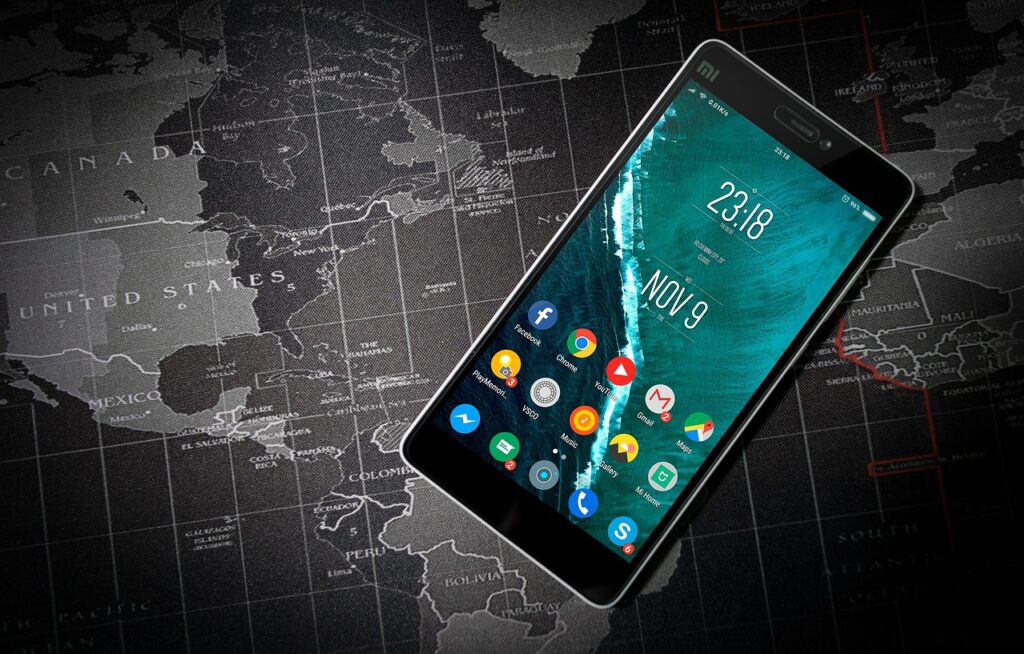If you have an Android device, chances are you rely heavily on its performance for tasks like playing games, connecting to the internet, streaming video, and more. That’s why having an optimized device is essential to enjoying your device to its fullest potential.

Here are 10 tips for optimizing your Android device’s performance:
1. Close Unnecessary Apps – Apps can take up a lot of RAM and cause the device to run slower. It’s important to remember to close any apps you are not using to save resources and optimize performance.
2. Free Up Space on Your Hard Drive – When you buy an Android phone, there is usually a limited amount of storage space available. Overtime, this can fill up quickly, eating up resources and slowing down performance. To maximize device performance, clear out any unnecessary apps and data that have built up on the device. For example, emptying cached files and images can free up a significant amount of resources.
3. Disable Unnecessary Widgets – Widgets are a great way to access frequently used apps quickly and easily. But if you have too many running on your device, it can negatively impact performance. If you have widgets you aren’t actively using, disable them to free up resources.
4. Uninstall Unnecessary Apps – Your device comes with a variety of built-in apps that you may never use. Uninstall any apps you know you won’t use to free up space and resources.
5. Install Antivirus and Anti-Malware – Your Android device is vulnerable to malware and viruses, which can cause the device to run slower or crash. You can reduce the risk of viruses by installing an antivirus app or anti-malware app.
6. Set a Screen Timeout – Setting a screen timeout can help conserve battery life, which can improve device performance. With this function enabled, the device will go to sleep after a certain period of inactivity.
7. Disable Auto Sync – If you have multiple accounts connected to your device, it can be easy for your device to become overloaded with data. If you disable auto sync, it will limit the amount of data your device downloads in order to boost performance.
8. Use a Task Killer App – This type of app will actively look for any apps running in the background and shut them down if they are not being used. This can help free up RAM and can sometimes improve battery life as well.
9. Use Battery Saving Mode – Android phones come with a battery-saving mode that can help improve device performance if battery life has become an issue. Activate this mode to reduce background processes and restrict certain functions in order to save power.
10. Update Android Version – It is important to make sure your device is running the most recent version of Android. Keeping your device updated will not only insure you are using the latest version of the operating system, but also keep your device optimized in terms of performance.
By following these tips, you can maximize the performance of your Android device. With an optimized device, you will be able to enjoy all the features and benefits your device has to offer. And with the proper maintenance, you can maintain the performance of your device over time.